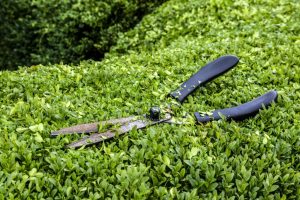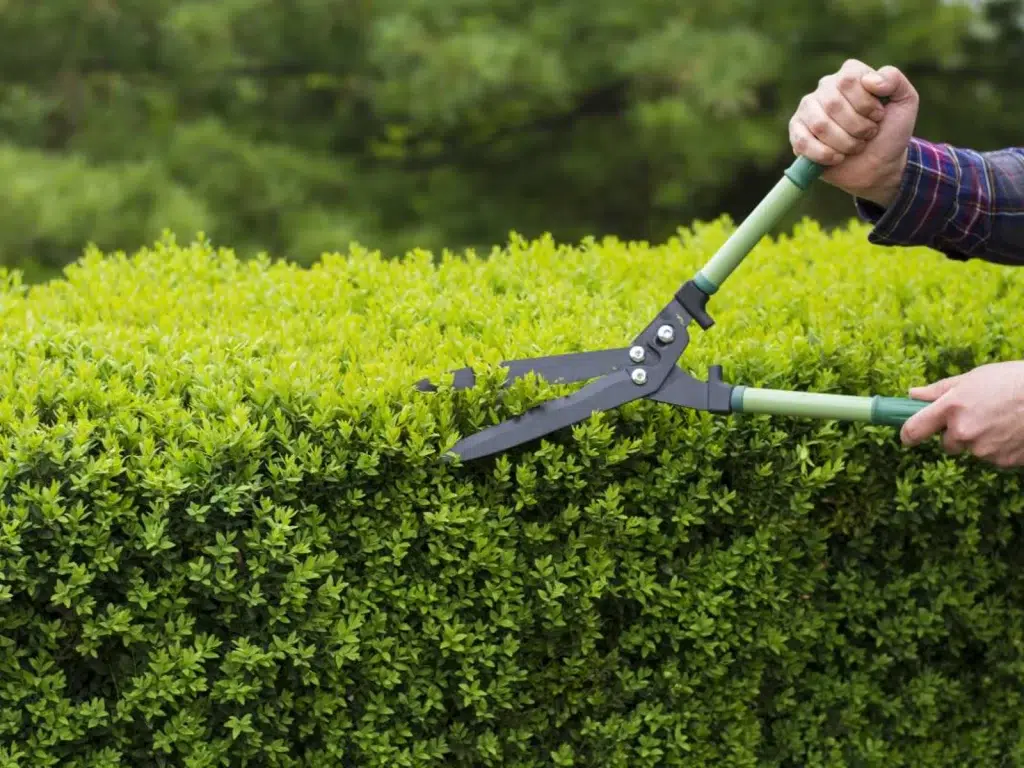When to cut Privet?
Privet bushes are common in many environments, valued for their luxuriant foliage and adaptability. However, frequent pruning is necessary to maintain their health and aesthetic appeal. In this comprehensive article, we’ll go over the subtleties of pruning privet bushes, with an emphasis on the best time to do so. Knowing when to trim privet is essential for stimulating vigorous growth, managing size, and improving the overall appearance of your outdoor space. Arborists can efficiently optimize pruning procedures for the long-term health and beauty of these treasured shrubs by studying the intricacies of privet development cycles and seasonal factors.
The importance of proper timing
Pruning privet shrubs requires precise timing. Understanding the importance of timing leads to optimal results while also promoting plant health and vigor.
Impact on plant health
Pruning during the dormant season, which normally occurs in late winter or early spring, reduces stress on the plant. At this time of year, privet bushes are less active, making them more resistant to pruning.
Pruning on time encourages new growth, resulting in a fuller, healthier appearance. Pruning promotes healthy foliage growth by eliminating dead or diseased branches and shaping the plant.

Preventing Disease Spread: Pruning at the appropriate time minimizes the likelihood of disease transmission. Trimming in dry weather helps to reduce the spread of fungal infections since moisture promotes fungal growth and infection.
Aesthetic considerations
Maintaining Shape: Pruning at the right time ensures that privet bushes keep their ideal shape and size, which improves the overall aesthetic appeal of the landscape.
Promoting Flowering: Proper pruning timing encourages flowering in certain privet varieties, increasing the plant’s visual appeal.
Arborists who understand the importance of timing may efficiently maintain privet bushes, boosting their longevity and beauty in outdoor settings.
Understanding privet growth cycles
Privet bushes have various growth cycles, which influence their general health and beauty. Understanding these cycles is critical for successful trimming and upkeep.
Private Growth Stages:
Privet normally grows through three key growth stages:
Active Growth: Privets grow rapidly during the spring and summer, producing new shoots and foliage.
Dormancy: The plant’s growth slows in the fall and winter as it prepares for dormancy.
Renewal: With the arrival of spring, privet resumes growth, often with more vigor.
Factors influencing growth
Several factors can influence the growth of privet bushes, such as:
Climate: Temperature and moisture levels have an impact on growth rates.
Soil conditions: such as nutrient availability and moisture, influence plant health.
Pruning: Proper pruning can encourage growth and shape the plant.
Understanding these growth stages and characteristics is critical for deciding the best time to prune privet plants.
Identifying signs of trimming
Identifying signals that indicate the need to trim privet bushes is critical for their health and attractiveness. Here are some common signs that suggest it’s time for pruning:
Overgrowth and encroachment
Dense, overcrowded foliage can reduce air circulation and sunlight penetration, resulting in poor development and increased susceptibility to pests and diseases.

Overlapping branches can cause friction, causing damage and jeopardizing the plant’s structural integrity.
When privet bushes grow unchecked, they can encroach on neighboring structures such as buildings, fences, or pathways, necessitating trimming to maintain clearances and prevent damage.
Disease and pest infestation
Leaf Discoloration: Yellowing or browning leaves may signal disease or pest infestation, prompting pruning to remove afflicted foliage and prevent spread.
Visible Signs of Pest Activity: The presence of pests such as aphids, scales, or mites on leaves or stems may necessitate trimming to eliminate affected branches and reduce pest damage.
Identifying these indicators early enables timely intervention through proper trimming procedures, which promotes the health and vitality of privet bushes.
When to cut privet?
Choosing the right time to cut privet bushes is critical for attaining optimal results and promoting their health and vigor. Timing is critical for reducing plant stress and fostering new development.
Seasonal timing
Late winter/early spring: The dormant season, which runs from late winter to early spring, is ideal for cutting privet shrubs. During this time, the plant is less active, which reduces stress and allows for rapid regrowth following pruning.
After Flowering: For privet varieties that bloom, prune shortly after flowering. This scheduling ensures that you do not remove potential flower buds for the following season.
Weather Considerations:
To lower the risk of fungal infections, prune in dry weather. Moisture stimulates fungal growth, so avoid wet or humid weather.
High heat or cold can cause additional stress to the plant, so avoid pruning during these times.
Arborists can efficiently manage privet bushes by timing trimming actions so that they maintain their long-term health and aesthetic appeal in outdoor environments.
Techniques for pruning privets
Pruning privet bushes necessitates careful consideration of procedures to provide the best results while also promoting the plant’s health and appearance. Here are several important ways to prune privet.
Tools and Equipment
Sharp Pruning Shears: To produce accurate cuts that do not cause excessive plant damage, use sharp, clean pruning shears.
Loppers or hedge trimmers: For thicker branches or dense foliage, loppers or hedge trimmers may be required to make clean, consistent cuts for thicker branches or dense foliage.
Pruning Techniques
Remove certain branches to maintain the desired shape and size of the privet bush.
Thinning involves removing superfluous branches and foliage to improve air circulation and sunlight penetration within the plant, thereby boosting overall health and vigor.
Trim the tips of branches to encourage branching and denser growth, resulting in a fuller, more compact appearance.
In some privet species, remove wasted flowers or seed heads to promote more blossoming and prevent self-seeding.
Safety precautions
Wear protective gear such as gloves, safety goggles, and robust boots to avoid scratches, cuts, and debris.
Avoid Over-Pruning: While pruning is necessary, excessive loss of leaves can stress the plant and reduce its ability to recover.
Related Posts:
Timing and frequency
Schedule regular trimming operations to keep privet shrubs in good shape, usually once or twice a year.
As previously said, prune during the dormant season or immediately after flowering for optimal results.
Arborists can prune privet bushes efficiently by using these procedures and following suitable scheduling and safety considerations in outdoor settings, boosting their health and aesthetic appeal.
FAQS
How often should you prune privets?
Depending on their growth rate and desired shape, prune privet bushes once or twice a year.
Can we clip privets in the winter?
While the privet may endure winter trimming, it is preferable to avoid cutting during freezing conditions to protect the plant.
Is it necessary to sanitize pruning tools?
Yes, sterilizing pruning equipment helps to prevent disease transmission between plants and provides clean cuts.
Conclusion
When to trim privet is an important part of their care and maintenance to ensure their health, vitality, and aesthetic appeal in outdoor settings. Arborists can manage privet shrubs more efficiently by learning the appropriate pruning timing, techniques, and safety considerations. Proper pruning procedures, such as selective pruning, thinning, and deadheading, aid in maintaining the plant’s ideal form and size while fostering new growth and flowers. Regular maintenance and careful attention to seasonal timing ensure the best outcomes while minimizing plant stress. By adopting these measures into their gardening routines, people can enjoy healthy, bright privet bushes that will add to the beauty of their landscapes for years.




